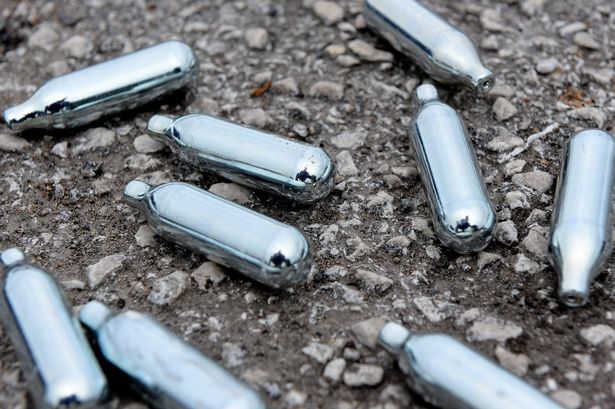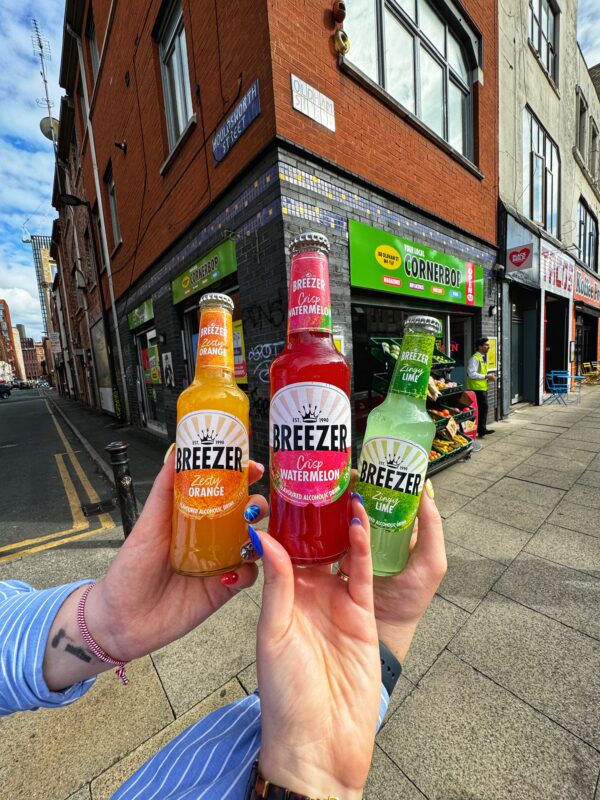News
Calls for ‘balloons’ to be cancelled as nitrous oxide user’s story goes viral
Nitrous oxide is the second most popular drug amongst young people in the UK.


A new report by experts from the British Medical Journal (BMJ) has revealed that there has been “a visible mark of the increasing incidence of nitrous oxide (N2O) misuse” since lockdown began.
Nitrous oxide – also known as laughing gas, “hippie crack”, balloons and nos – is the second most popular drug amongst young people in the UK.
Its popularity is believed to be due to the fact that it is cheap and easy to get hold of.
As defined by FRANK, nitrous oxide is “a colourless gas most commonly found in pressurised metal canisters [which] you may have seen lying around in streets outside bars and nightclubs”.
It is often consumed by “transferring the gas into a container (usually a balloon), then inhaling from the balloon” and this is because “inhaling nitrous oxide directly from the canister is very dangerous [as] the gas is under such high pressure, which can cause a spasm of the throat muscle and stop a person breathing.”
Nitrous oxide slows down brain and body responses and the effects of the drug is known to vary depending on how much has been inhaled.
Negative side effects of the inhalation of nitrous oxide include severe headaches, dizziness, inability to think straight and short-lived, but intense feelings of paranoia. Regular use can stop you forming white blood cells properly and heavy regular use can result in deficiency of vitamin B12. Severe B12 deficiency can lead to serious nerve damage, causing tingling and numbness in the fingers and toes – this can be very painful and make walking difficult.
More serious side effects range from the risk of falling unconscious and/or suffocating from the lack of oxygen, which can/has lead to death.
The supply of nitrous oxide as a recreational drug is illegal under the UK’s Psychoactive Substances Act 2016, however, this does not appear to have acted as a deterrent in illicit drug use.
A tweet by Twitter user @sixkenza, calling for ‘cancelling’ balloons, has recently brought nitrous oxide inhalation into mainstream conversation once again. The tweet contained a screenshot of a personal account by a sufferer of severe side effects from nitrous oxide inhalation, which left her hospitalised.
The chilling statement featured in the tweet read: “Balloons.”
“We all do them, use them and abuse them, but never think about the long term effects. I have lost all feeling in both [legs], I have collapsed in public multiple times and that’s why I came to hospital.”
“My legs had been feeling numb for a couple weeks now, but I expected it to go away. I have no balance, no brain and leg coordination and no reflexes in my legs whatsoever. I have a long road to recovery and the recovery isn’t even 100%. I have to have injections daily and for the rest of my life. MRI scans and physio to learn how to walk again.”
“This isn’t a joke”.
“I will never touch a balloon again and I hope this is a wake up all to all of you. Your effects won’t be immediate, they will creep up on you slowly, so please stop doing them because they can leave you paralysed for life.”
The tweet subsequently went viral since posting, going on to amass well over 8,000 retweets, 17,000 likes and hundreds of responses from people expressing shock and their own messages of warning, as well as sharing accounts of similar experiences and stories.
Rather worryingly, a few of the tweet responses also seemed to indicate a confusion on the correlation between balloons and nitrous oxide.
Some tweets revealed that people were unaware it was nitrous oxide contained within balloons and others even appeared to be under the assumption the substance filling the balloons that are referred to in the statement in question was actually helium.
This just highlights how much uncertainty there is and potentially offers explanation as to why such tragic situations may occur.
Whilst it’s wrong to claim that the negative side effects of nitrous oxide inhalation are not widely known, regularly discussed or previously warned against, we can only hope that the attention this tweet has and continues to receive, will go some way to serving as a wake up call for a newer generation of individuals who are seemingly appearing to abuse this drug more than ever before.
___
More information on the effects of nitrous oxide can be found via FRANK here.
To read the full report by the British Medical Journal (BMJ) into the rise of N2O consumption during lockdown, you can do so here.


















